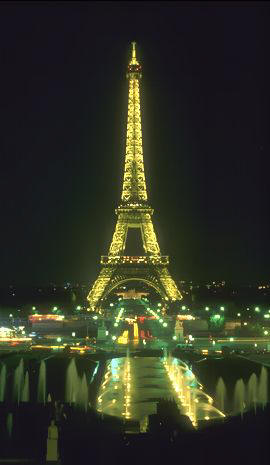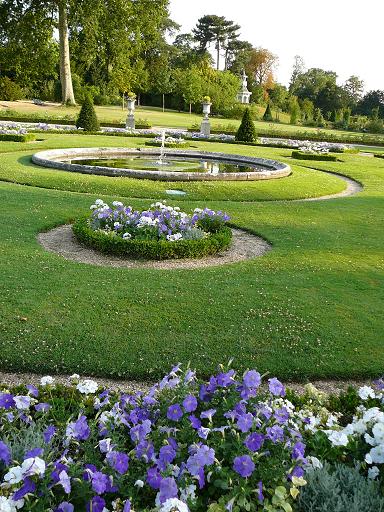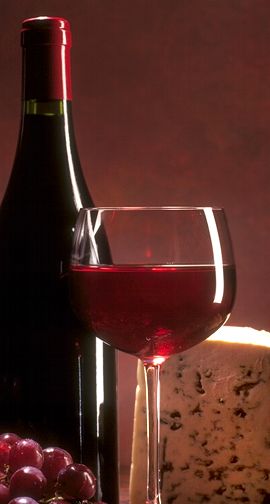Tapisseries Françaises: Tapisseries d' Aubusson: Cinq siècles de tradition!
 L'histoire de la tapisserie prend réellement forme en tant qu'histoire, qu'à partir du XlVème siècle, date à laquelle les ateliers de Paris et d'Arras prirent leur essor.
L'histoire de la tapisserie prend réellement forme en tant qu'histoire, qu'à partir du XlVème siècle, date à laquelle les ateliers de Paris et d'Arras prirent leur essor.
The history of the tapestry takes shape really for us as history, that from the XlVth century, date to which shops of Paris and Arras took of importance their flight.
L'homme et la bible, de la création au jugement dernier, offrirent à l'appétit des fantastiques visionnaires du Moyen-Âge, un incomparable répertoire iconographique. La tapisserie en profita largement dès le XlVème siècle et L'art de la haute lisse fut pour l'Occident ce que la fresque fut pour l'Italie

The man and the Bible, of the creation to the last judgment, offered to the appetite of the fantastic visionaries of the Middle Ages, an incomparable index iconographique. The tapestry benefitted some extensively since the XlVth century and The art of the high smooth was for the west what the fresco was for Italy.
L'Apocalypse d'Angers est à ce jour la plus ancienne tenture portée à notre connaissance et surtout la plus belle. Les Preux dont il existe un exemplaire conservé aux cloisters à New-York ne lui cèdent en rien quant à la notoriété.
The apocalypse of Angers is to this day the oldest curtain reach to our knowledge and especially most beautiful. The "Les Preux" of which it exists a copy preserved to cloisters in New-York give up him in nothing as for the notoriety.
François 1er, soucieux de ne pas laisser s'échapper en Flandres toutes les commandes, favorise l'expansion des ateliers de Fontainebleau. La vie des ateliers de Fontainebleau ayant été éphémère, Henri IV poursuit la politique de développement de la tapisserie française entamée par son prédécesseur. Dans ce but, est créé à Paris, Bourg Saint-Marcel, un atelier où grâce aux faveurs et privilèges qui leur sont accordés, Marc de Comans, bruxellois et François de La Planche, anversois, vont faire "éclore" la tapisserie parisienne pour la plus grande gloire de la France.

François 1st, anxious not to let escape in Flanders all controls, encourage the expansion of shops of Fontainebleau. The life of shops of Fontainebleau having been ephemeral, Henri IV pursues the politics of development of the French tapestry started by his/her/its predecessor. In this goal, is created in Paris, Borough, Saint-Marcel, a shop where thanks to favors and privileges that are granted them, Marc of Comans, bruxellois and François of The Board, anversois, are going to make " hatch " the Parisian tapestry for the biggest glory of France
Vers 1662, Colbert, regroupant grands et moins grands parmi les ateliers disséminés dans Paris, fonde la manufacture royale des Gobelins. La direction en est confiée au célèbre peintre Charles le Brun.

Toward 1662, Colbert, regrouping big and less big among shops scattered in Paris, found manufactures it royal of the Gobelinses. The direction is confided some to the famous painter Charles the Brown.
La tapisserie de lisse a conquis une indépendance de plus en plus large, en ouvrant grand ses portes à l'art abstrait à travers les actions et les travaux d'artistes comme Matégot, Tourlière, Prassinos et Messagier. De grands peintres aussi, tels, Nicolas de Staël, André Masson, Hans Hartung et Sonia Delaunay fournirent aux ateliers leurs oeuvres. En 1903, l'appellation "ouvrier en haute lisse" s'instaure.

The tapestry of smooth has, it, conquered a more and more large formal independence, while opening big his/her/its doors to the art abstracts through actions and the works of artists as Matégot, Tourlière, Prassinos and Messagier. Of big painters also, such, Nicolas of Staël, André Masson, Hans Hartung and Sonia Delaunay and so many others provided to the admirable cardboard shops. In 1903, the appellation " worker in high smooth " institutes himself and very quickly the tapestry becomes a considerable economic reality with which France must count henceforth.





